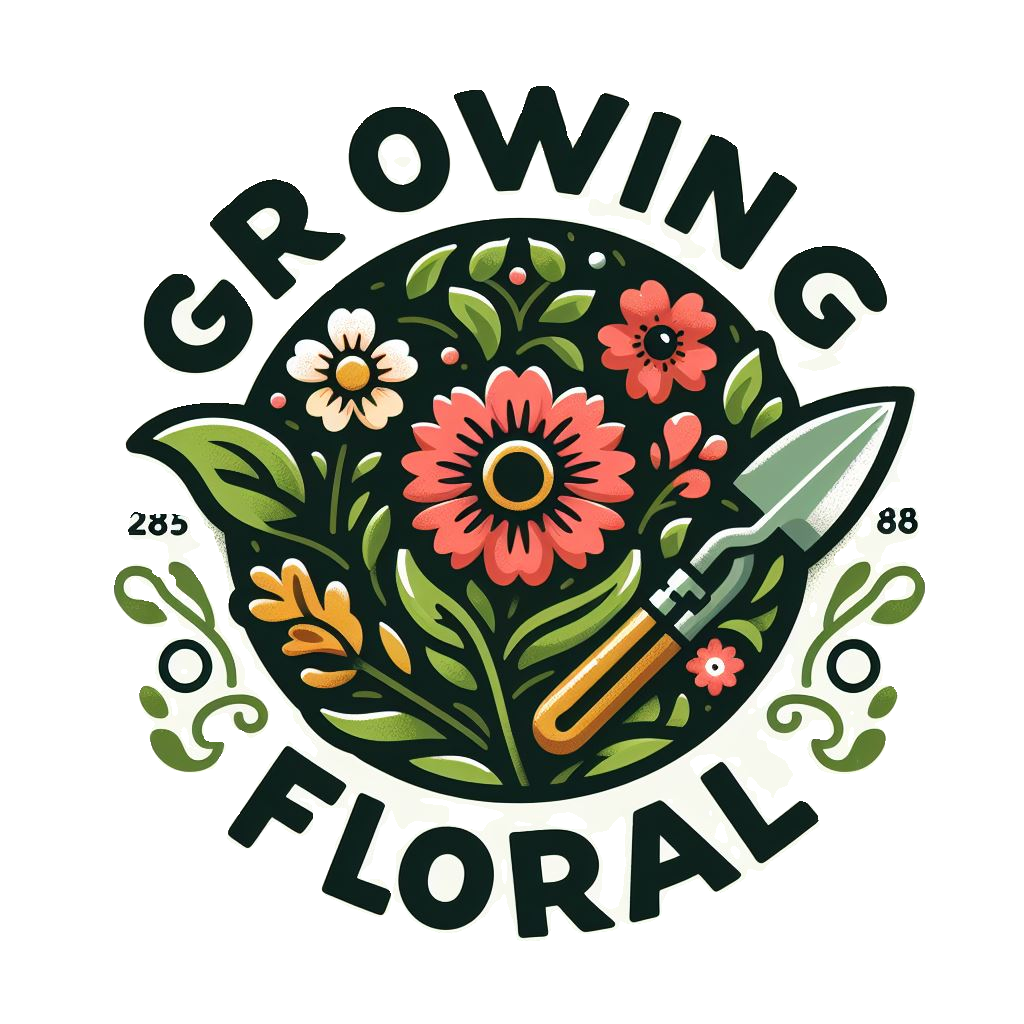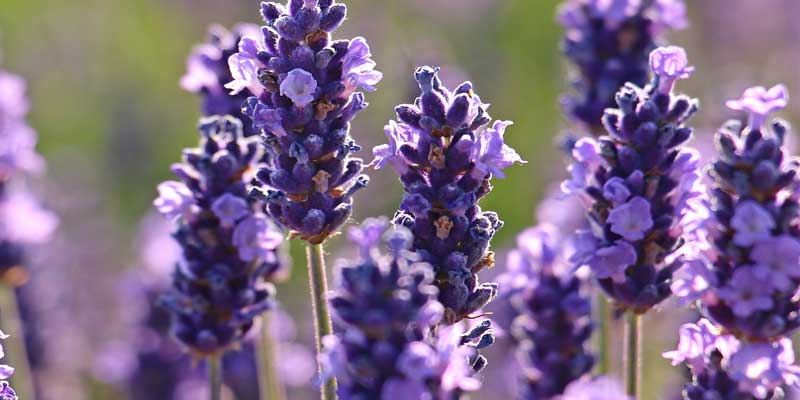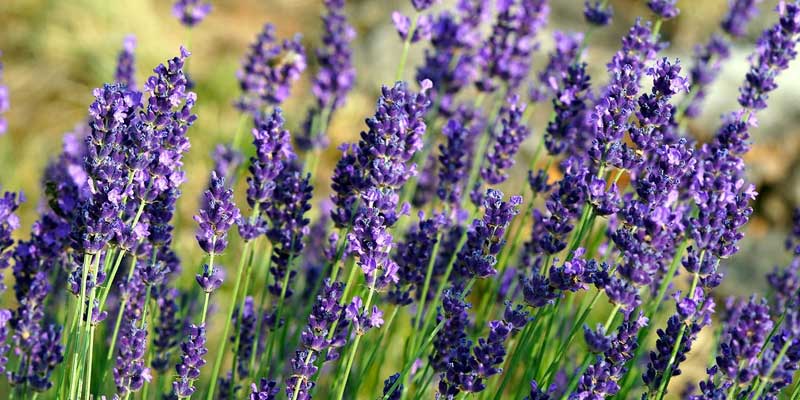Lavender, which has sweet-smelling flowers and many purposes, is a favorite plant that can be found in gardens, landscapes, and aromatherapy products all over the world. You might want to make a peaceful garden retreat or develop a large herb garden; it is important to understand when you should put lavender plants into the ground for them to grow well and become strong.
In this article that covers everything about planting lavender from start to end, we will talk about the best time for planting lavender as well as crucial tips so your new lavender plants are healthy and happy.
When To Plant Lavender
The best time to plant lavender is in spring or early summer. This should be done once the frost is no longer a threat and the ground has warmed up to at least 60°F (15°C). By following this timing, plants can grow their roots before hot summer weather comes. In places with gentle winters, planting lavender can happen at the start of spring too.
The main thing is to find a place that gets lots of sun and has soil that drains well, then give good care by watering, putting on mulch, and trimming properly so lavender plants will be successful.
3 Factors Influencing Lavender Planting Timing
The timing to plant lavender is influenced by various factors like climate, soil conditions, and the type of lavender species or cultivar.
1. Climate and Growing Zone
Lavender does well in places that have a Mediterranean type of weather, where winters are not too cold, summers are very hot and there is low moisture in the air. But some varieties of lavender can handle colder climates too, like those found in USDA Hardiness Zones 5-9. When deciding on the best time to plant lavender, it is important to think about the climate and growing zone in your area.
2. Soil Temperature
Lavender plants like to have warm soil temperatures, so it’s best to wait for the ground to reach at least 60°F (15°C) before you put them outside. Cozy soil, which assists in the establishment of roots and lessens the possibility of transplant shock, is key to the growth of your lavender plants.
3. Seasonal Timing
For many places, lavender planting time is during spring or the beginning of summer. This happens after the frost risk is gone and the ground has warmed up enough. Planting lavender in this season lets the plants grow roots and adapt to their fresh surroundings before hot summer weather comes along.
The Best Time to Plant Lavender
When it comes to lavender, the best time for planting is influenced by where you are located geographically, what kind of climate exists there, and the specific growing conditions in your area. Here is a general guideline for when to plant lavender:
Planting During Spring (March to May)
In places where winters are gentle and springs come early, like Mediterranean surroundings or USDA Zones 7-9, planting lavender in spring is a good choice.
Make sure that the soil has reached 60°F (15°C) at least and all danger of freezing is over before you plant lavender outside in the ground. It is better to plant lavender during the spring season so that they can build their root systems before the summer heat.
Early Summer Planting (June to July)
In places with colder weather or later springs, you can put lavender into the ground during early summer when the soil has warmed up enough. Doing this in June or July gives a nice warm environment for roots to settle and grow well.
But, don’t put lavender in the ground too late during summer. It might not grow enough before fall and winter start.
7 Tips for Planting Lavender
For the triumph of your lavender plants, you must do these important steps about planting and care:
1. Find the Perfect Spot
Pick a place that gets lots of sunlight and has soil that drains well for your lavender planting. Lavender likes to grow in full sunlight, and it needs good drainage so its roots don’t rot or suffer from any other problems related to moisture.
Avoid planting lavender in low-lying or waterlogged areas.
2. Get the Soil Ready
Mix in compost or well-rotted organic material to improve soil texture and richness. Lavender likes a bit of alkalinity, so the pH level should be between 6.5 and 8.0 in your soil mix. If your soil is acidic, add lime to raise the pH before planting lavender.
3. Planting Depth and Spacing
With lavender, make a hole that is just a bit bigger than the root ball. Adjust the plant into it at a similar depth as when it was in the nursery container. Keep some space of 12 to 18 inches amongst lavender plants so they have enough air flow and area for expanding as they grow. Don’t put lavender too far down, this might cause root suffocation and weak development.
4. Watering
Give a good amount of water to lavender that is freshly planted, so the soil becomes stable and roots are encouraged to grow. Once you have put the lavender in the ground, give it water deeply but not often. Let the soil become dry before giving more water again. Once established, lavender is drought-tolerant and requires minimal watering.
5. Mulching
Spread a layer of mulch around lavender plants to keep soil moisture, stop weed growth, and protect roots from temperature changes. Use light-colored mulch like gravel or crushed stone, it helps reflect sunlight and avoids too much heat in the ground.
6. Prune
After you plant lavender, do a light pruning to make the plants branch out more and stimulate fresh growth. Regularly remove dead blooms to keep the flowers blooming longer and encourage a neat look in your garden.
Trimming lavender is best done during late winter or early spring. This will eliminate any dead or woody parts and prepare the plants for the coming growing period.
7. Winter Protection
If you live in an area with cold winters, it is important to give your lavender plants winter protection so they can survive through frosty weather. Put a layer of mulch around the bottom part of the plants and cover them with a fabric that lets air pass or a frost blanket when it’s very cold.
Conclusion
The process of planting lavender is an exciting task that brings the lovely scent and appearance of this useful herb to your garden or landscape. Knowing when to best plant lavender, along with essential tips for planting, helps you set up a successful growth environment so you can fully experience the aromatic blooms for many years.
People often plant lavender as decorative elements, cooking herbs, or fragrant parts for potpourri and sachets; no matter how it is used in your garden, this herb always adds elegance and peacefulness to any outdoor area. Adopt the lavender growing art and enjoy the delicious sensations it brings to your garden.



Leave a Reply